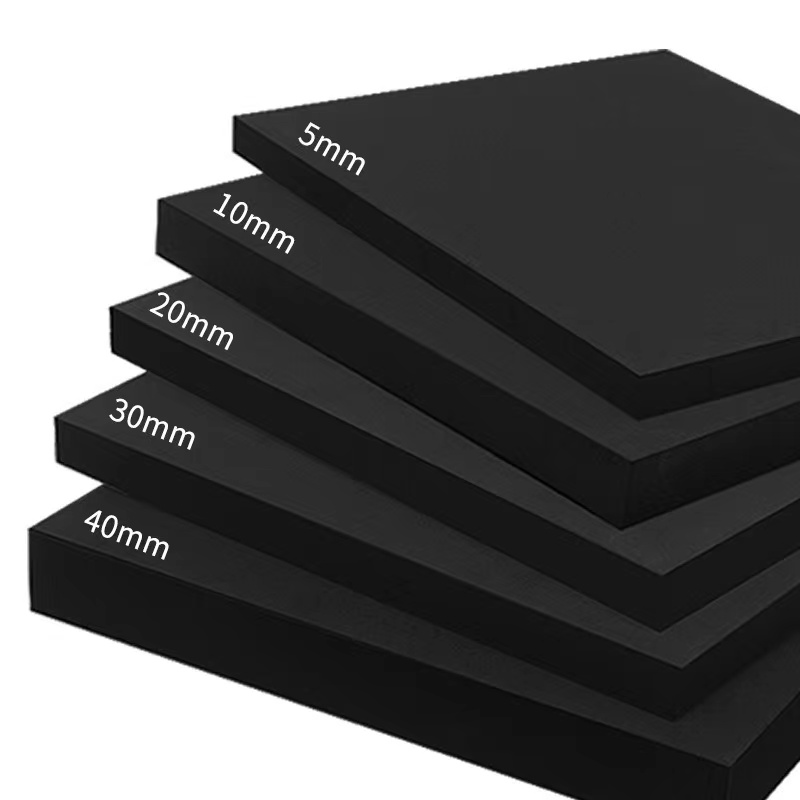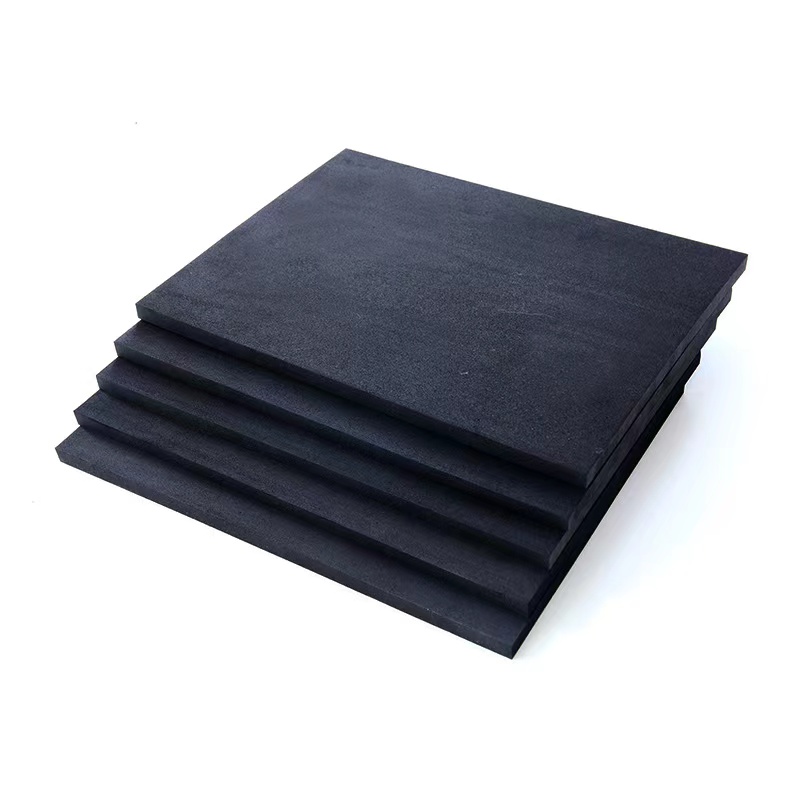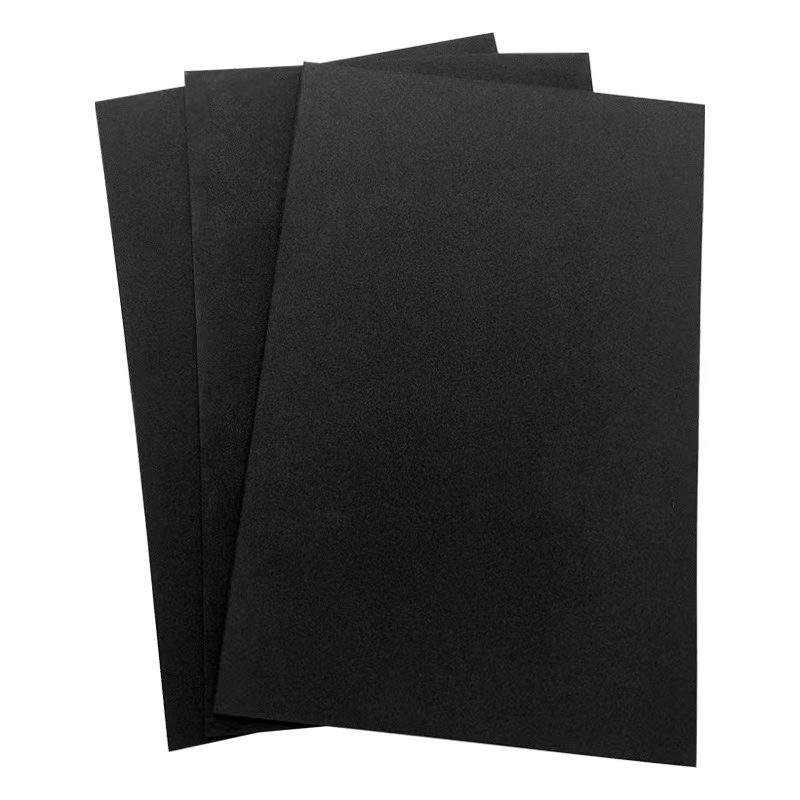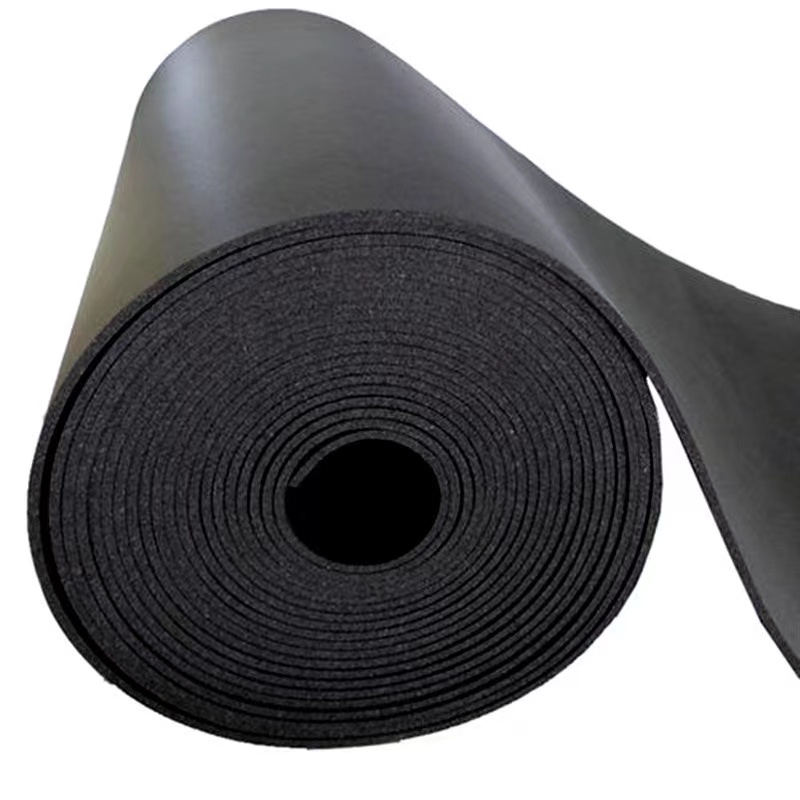FR1306 ESD Foam
Material: EVC
Surface resistance: 10^6-10^10ohm
Different sizes available
Products
Products DETAILS
FR1306 ESD Foam
ESD Foam – Complete Guide
ESD Foam (Electrostatic Discharge Foam) is a specialized packaging and cushioning material designed to protect sensitive electronic components from electrostatic discharge (ESD) and physical damage. It is commonly used in electronics manufacturing, assembly, storage, and transportation to prevent static-related failures.
1. What is ESD Foam?
ESD Foam is a conductive, dissipative, or antistatic foam material that neutralizes static charges and prevents damage to electrostatic-sensitive devices (ESDs). It is used for cushioning, storage, and transport of delicate electronic components such as microchips, circuit boards, and semiconductor devices.
Materials Used:
Polyurethane (PU) Foam – Soft and flexible, often used for delicate parts.
Polyethylene (PE) Foam – More rigid, ideal for long-term storage and heavy components.
Conductive or Dissipative Additives – Infused with carbon, metal, or antistatic agents to manage electrostatic charges.
2. Types of ESD Foam
Conductive ESD Foam
Surface Resistivity: 10³ – 10⁵ ohms/square
Best For: High-level ESD protection in critical applications
How It Works:
Contains carbon or graphite to create a low-resistance path for electrostatic charges.
Drains charges instantly when grounded.
Dissipative ESD Foam
Surface Resistivity: 10⁶ – 10⁹ ohms/square
Best For: Moderate ESD protection for general electronic components.
How It Works:
Slower charge dissipation than conductive foam but still prevents ESD damage.
Ideal for handling and transporting sensitive electronics.
Antistatic Foam
Surface Resistivity: 10⁹ – 10¹² ohms/square
Best For: Short-term protection in low-risk ESD environments.
How It Works:
Prevents static charge buildup but does not actively dissipate charges.
Used for temporary handling of non-critical components.
3. How Does ESD Foam Work?
ESD Foam works by neutralizing static charges to protect sensitive electronics. Depending on its resistivity, it can either:
Conduct static charges away instantly (Conductive Foam).
Dissipate charges gradually over time (Dissipative Foam).
Prevent static buildup but not actively dissipate it (Antistatic Foam).
Why It's Important:
Without proper ESD protection, sensitive electronics can suffer data loss, malfunction, or complete failure due to electrostatic discharge.
4. Key Features & Benefits of ESD Foam
Protects Electronic Components – Prevents static discharge damage to microchips, ICs, and PCBs.
Shock Absorption & Cushioning – Soft foam structure protects fragile electronics from impact.
Customizable Shapes & Sizes – Can be die-cut, layered, or molded for different applications.
Reusable & Durable – Long-lasting material suitable for multiple uses.
Lightweight & Flexible – Easy to handle, transport, and store.
5. Best Uses for ESD Foam
Storage & Transport of Sensitive Electronics
IC Chips & Microprocessors
Printed Circuit Boards (PCBs)
Semiconductors & Sensors
Hard Drives & Memory Modules
Packaging for Electronic Components
Foam-lined trays, cases, and inserts for safe handling of devices.
Workstation Protection
Used in ESD-safe workbenches and tool inserts to prevent accidental static damage.
Custom Inserts for Shipping
Protects delicate components from both static and physical damage in transit.
6. Best Practices for Using ESD Foam
Choose the right foam type for your application (conductive for high-risk, dissipative for general use).
Keep foam grounded when handling highly sensitive components.
Store foam in an ESD-safe environment to maintain its properties.
Use proper packaging (such as ESD bags or trays) for extra protection.
Avoid contamination by keeping foam clean and free from dust or debris.
7. Summary – Why Use ESD Foam?
PrOvents electrostatic damage to sensitive electronics
Provides cushioning & impact resistance
Reusable & cost-effective
Available in different levels of ESD protection (Conductive, Dissipative, Antistatic)
Customizable for trays, inserts, packaging, and workstation protection








